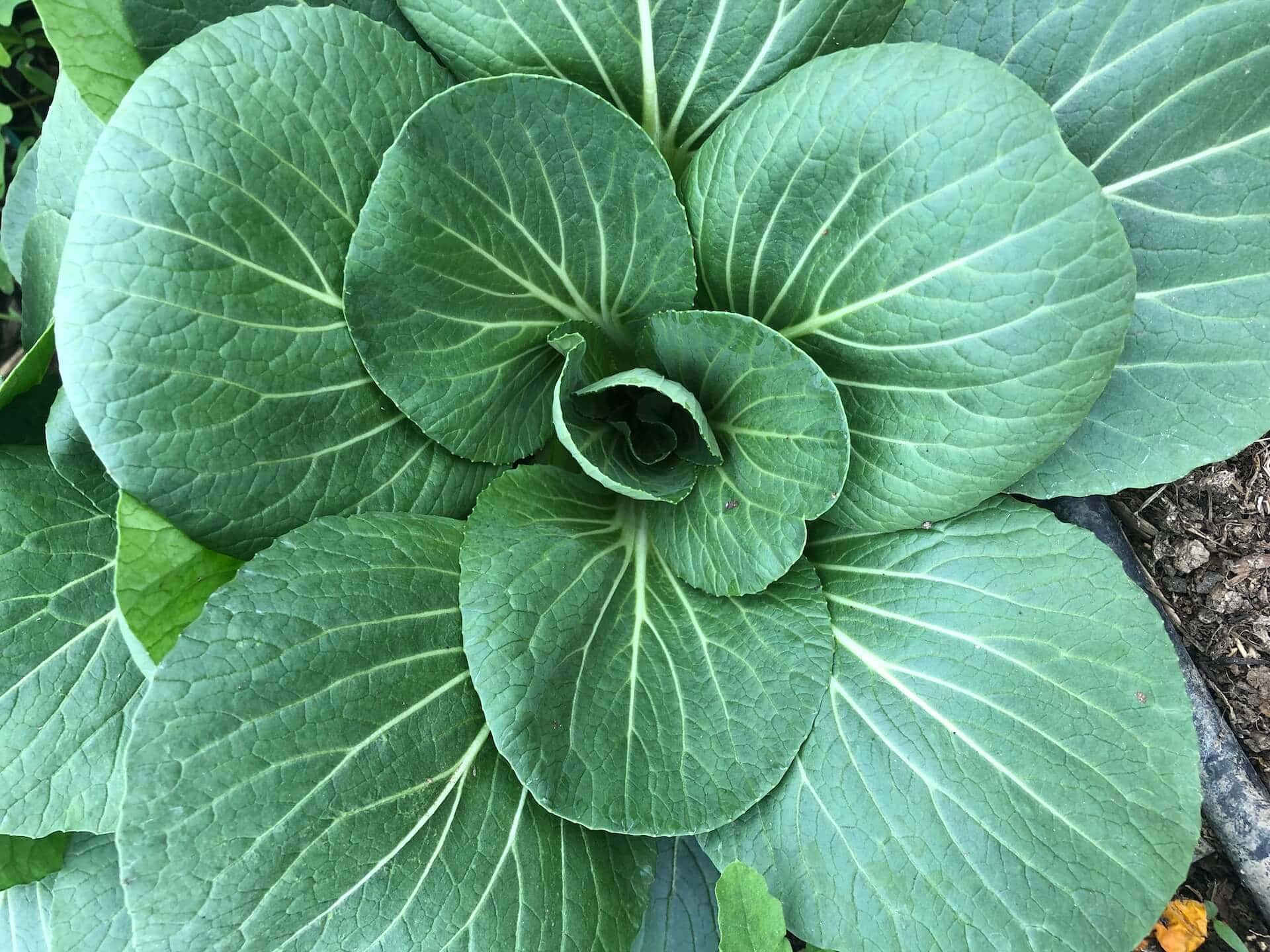This post may contain affiliate links. Probably doesn’t, but it might. It doesn’t cost you anything extra but if you use these links to buy something, we may earn a commission.
This post may contain affiliate links. It doesn’t cost you anything extra but if you use these links to buy something, we may earn a commission.
How often do you try new things?
We try new things in farming all the time. New crops, new growing methods, new selling methods, new equipment, new ways to turn down people looking to rehome their ducks because they bought baby ducks forgetting that they’ll grow up to be adult ducks… the list goes on.
It could be trying a new way to tie up tomatoes. (Epic fail on that by the way. Matt bought the supplies, told and showed the guys what to do. And… they did it the old way. Ah well. Nothing wrong with the old way – called a Florida Weave for those curious – Matt just wanted to see if this other way might be better).
Or it could be something brand new to us. Hydroponics. Electronic cash register. Dried lavender. Salad turnips.
We’ve tossed around the idea of microgreens for years. Can we grow them? Can we sell them? Could we even teach you to grow your own microgreens? So many questions and absolutely no answers.
(microgreens are not the same thing as sprouts; we’re not touching the mountain of food safety regulations that sprouts require. Plus microgreens are more nutritious).
So Matt decided to tackle the most obvious question: are we capable of growing microgreens? After all, if we can’t grow microgreens, it doesn’t matter if we can sell them!
He got fancy schmancy microgreen-growing mats and tossed some seeds on them yesterday. I know, it just looks like seeds are on paper, but I promise, it is a fancy schmancy growing mat.
And now we wait. And provide water and light of course.
In about 2 weeks we’ll know if we were successful or not.
But I want you to let me know: if we can grow microgreens, are you interested in buying microgreens? Or learning to grow your own?
Special on corn next week: $0.99 each or $8 for a dozen ears. Pick up in-store.
To preserve corn, you can pressure can it, or water bath can corn relish, or blanch and then freeze.
Freezing corn is by far the easiest of the 3, and frozen corn keeps its texture and taste too! My Grandmother always takes it one step farther and freezes succotash (corn and lima beans). Oh, so good. You all are lucky I grow my own lima beans, because I could wipe the farm out of its limas without even trying….
To Freeze Corn:
- Husk the ears and remove the silk.
- Blanch the corn: Bring a large pot of water to a boil; add several ears and boil for 3-5 minutes. Remove ears and submerge in ice cold water. Drain and thoroughly dry.
- Cut the kernels off the cob with a knife. I’ll usually cut into a large stock pot to help keep the kernels contained.
- Pack the kernels into labeled and dated airtight freezer containers and pop in the freezer.
- Use within 8-12 months.
It’s that easy.
Some seasonal recipe inspiration:
Melon Pupsicles (if you want to let your dog in on the yumminess of frozen melons)
Pasta with Cherry Tomatoes, Roasted Red Peppers, and Corn
Happy Eating!
Elizabeth
This is one of the weekly newsletters that is emailed out every Saturday night (no more, no less). If you liked the information make sure you sign up so you can get my (moderately) snarky writings delivered right to your inbox. You can read it on the website – obviously – but a copy of the newsletter isn’t posted to the website until several weeks later.





